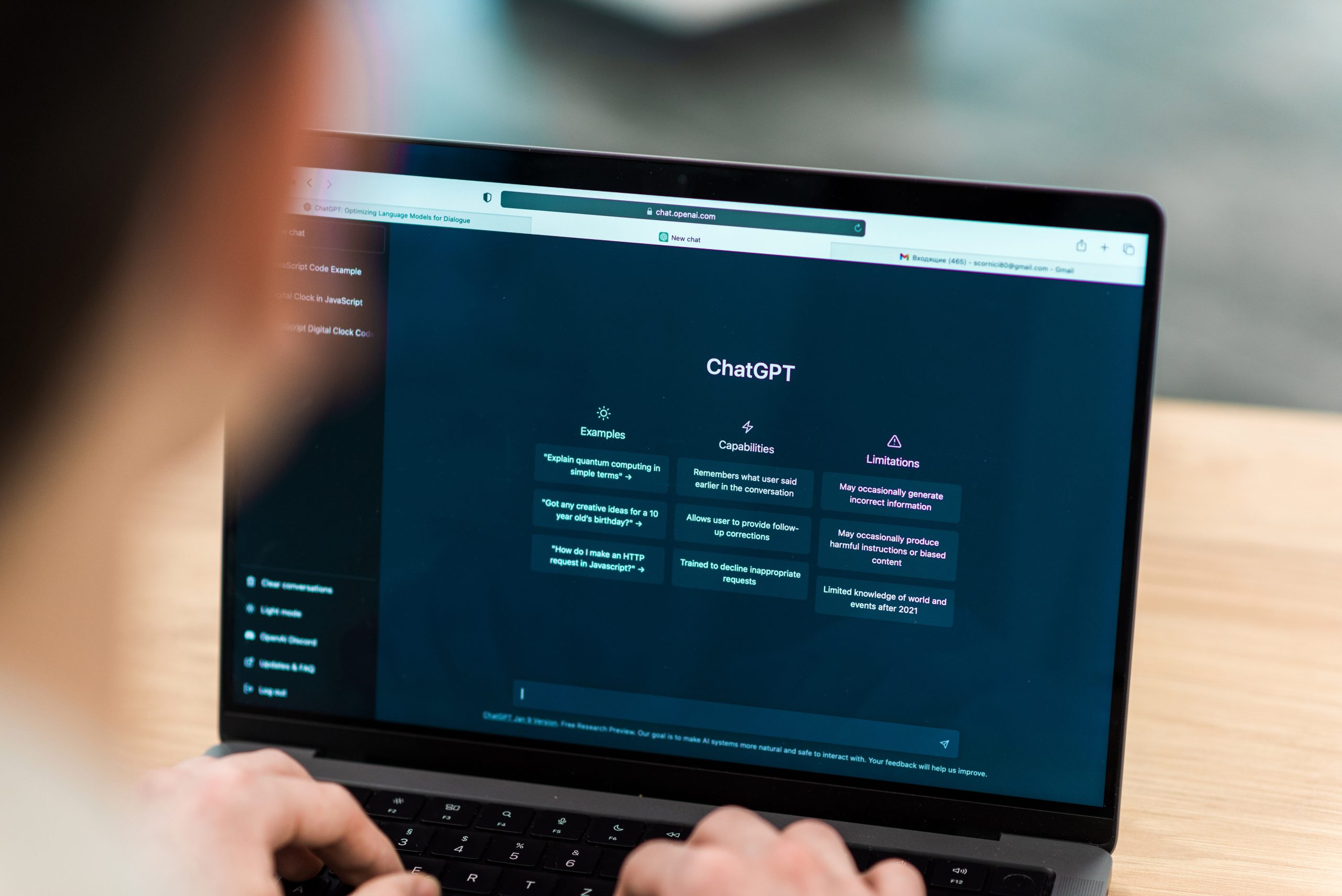
A Modern Development Approach to Conversational AI
The future of chatbots and voice assistants is being shaped by open source conversational AI.
These tools give developers freedom, flexibility, and community-driven innovation without the limits of proprietary software.
In this article, you’ll learn how these tools work, why they matter, and which ones to explore.
Why Open Source Conversational AI Matters
Open source conversational AI allows developers to build powerful chatbots without starting from scratch.
Unlike closed-source solutions, it offers:
-
Full control over customization and deployment.
-
Cost-effectiveness with no licensing fees.
-
Community support for problem-solving and updates.
This flexibility is especially valuable for startups, researchers, and enterprises looking to innovate quickly.
Learn more about open source software principles.
Benefits of Open Source Conversational AI
1. Cost Savings and Scalability
You can build advanced AI systems without expensive licenses.
Scaling is easier because you control the infrastructure.
2. Customization and Flexibility
Change the AI’s behavior to match your brand voice.
Add custom intents, integrations, and logic.
3. Security and Transparency
Code is open for review, making vulnerabilities easier to detect and fix.
This builds trust, especially in sensitive industries like finance and healthcare.
Popular Open Source Conversational AI Tools
Here are some tools widely used in chatbot and virtual assistant projects:
1. Rasa
Rasa is a popular framework for building contextual chatbots.
It supports natural language understanding (NLU) and dialogue management.
2. Botpress
Botpress offers a developer-friendly interface and modular design.
It’s perfect for teams building enterprise-grade bots.
3. DeepPavlov
DeepPavlov focuses on research and production-ready assistants.
It offers pre-trained models for quick start.
These platforms show how diverse open source conversational AI options can be.
How to Get Started with Open Source Conversational AI
Step 1: Define Your Use Case
Decide whether you’re building a customer service bot, voice assistant, or research prototype.
Step 2: Choose the Right Tool
Pick based on your tech stack, scalability needs, and desired features.
Step 3: Train and Test
Use domain-specific datasets to improve accuracy.
Test with real user inputs for better performance.
Best Practices for Open Source AI Projects
Keep Your Models Updated
AI models degrade over time.
Regularly retrain them to handle new phrases and slang.
Monitor Conversations
Analyze logs to understand user behavior and identify improvement areas.
Integrate with Business Systems
Connect your bot to CRM, ERP, or help desk tools for maximum efficiency.
For further reading, check Google’s AI best practices.
Challenges in Open Source Conversational AI
While powerful, these tools have challenges:
-
Steep learning curve for beginners.
-
Ongoing maintenance requirements.
-
Data privacy considerations for sensitive data.
Many teams overcome these by combining open-source tools with managed services.
Conversational AI Accessibility: Tech for All Abilities
Future of Open Source AI
We can expect:
-
Better pre-trained language models.
-
Easier integration with multi-modal inputs (text, voice, images).
-
Stronger community-driven innovations.
Developers who invest in open source conversational AI now will have a competitive edge.
FAQs
1. Is it free to use?
Yes, most frameworks are free under permissive licenses.
2. Can it replace commercial AI platforms?
In many cases, yes — especially for custom solutions.
3. Do I need coding skills?
Basic programming skills help, though some tools offer visual interfaces.
Author Profile

- Online Media & PR Strategist
- Hello there! I'm Online Media & PR Strategist at NeticSpace | Passionate Journalist, Blogger, and SEO Specialist
Latest entries
 Scientific VisualizationOctober 29, 2025Federated Learning Technology in Medical Privacy AI
Scientific VisualizationOctober 29, 2025Federated Learning Technology in Medical Privacy AI Scientific VisualizationOctober 29, 2025Brain Visualization Ethics: Balancing Innovation and Privacy
Scientific VisualizationOctober 29, 2025Brain Visualization Ethics: Balancing Innovation and Privacy Computer Aided-EngineeringOctober 25, 2025How 5G CAE Workflows Transform Remote Engineering
Computer Aided-EngineeringOctober 25, 2025How 5G CAE Workflows Transform Remote Engineering Data AnalyticsOctober 6, 2025Data Analytics Freelancing Success Tips for Professionals
Data AnalyticsOctober 6, 2025Data Analytics Freelancing Success Tips for Professionals

